A yearlong examination of the agriculture industry in the state of Washington.

Washington reigns over U.S. cherry production, generating more than twice the tonnage of sweet cherries than the next two leading states, Oregon and California, combined. Yet behind the numbers, uncertainty looms. Though only a third of the state's harvest finds its way onto international markets, exports account for nearly three quarters of the industry's value, and as the prospect of a trade war brews on the horizon, farmers look forward with some anxiety on the future of their crop.

A movement is underway to elevate “pulses” – a class of legumes that includes lentils, chickpeas, dry peas and dry beans – in the American diet, and Eastern Washington and North Idaho stand to gain. Versatile, healthy, environmentally friendly and an effective source of non-meat protein, pulses are increasingly seen not just as a rotation crop, but as a marketable, potentially lucrative source of income for American farmers.

Hops farmers are still farmers, and face the same challenges as growers of everything from apples to onions: labor shortages, rising costs, a particularly pesky mite, high barriers to entry that keep new players from entering the market.

Schemes to irrigate central Washington have stalled and unraveled for more than a century. New efforts are underway to divert water from the Columbia or other sources, but uncertainty remains.

No trade, perhaps, is as emblematic to the American West as the cattle ranch. Even today, family ranches stretch across a wide swath of America, from central and eastern Washington to the deserts of the Southwest. But the sector is changing, its practitioners aging and in competition with new, global factors – international price fluctuations, trade war and a drier, hotter climate.

In the span of just a few generations, the dairy sector has moved from the milk pail and stool to industrial operations of breathtaking size. While the number of individual businesses has dropped, in the Northwest as in the rest of the country, production has soared, in some places more than quadrupling output from the early 1980s. And all the time innovation and technology advance, promising more efficiency, more automation… and more milk. Read the story»
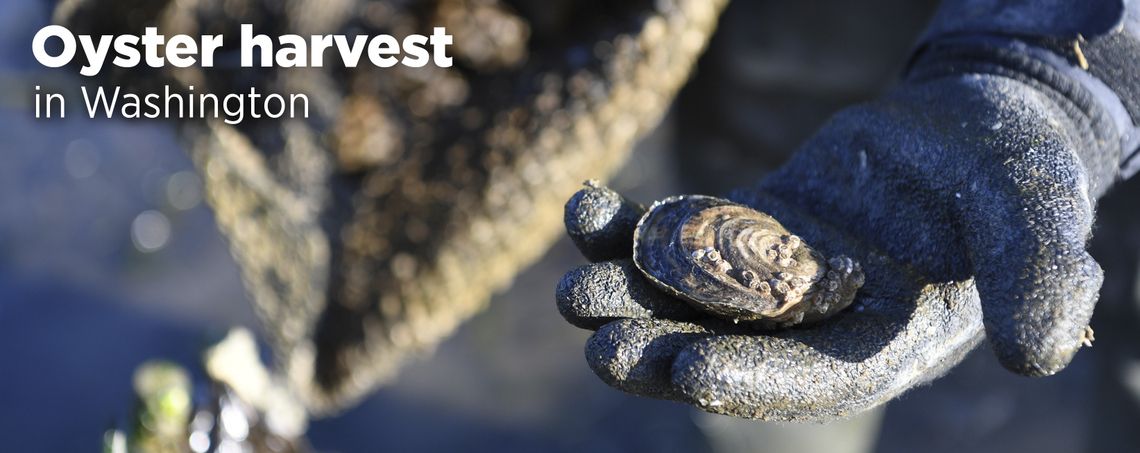
Long before wheat or apples, tulips or potatoes took root on a commercial scale in Washington, oysters provided a lucrative economic export for the region’s pre-state economy. Grown and honed through decade of innovative practices, the industry now faces a new threat, one which early harvesters could scarcely have predicted – ocean acidification resulting from global climate change.
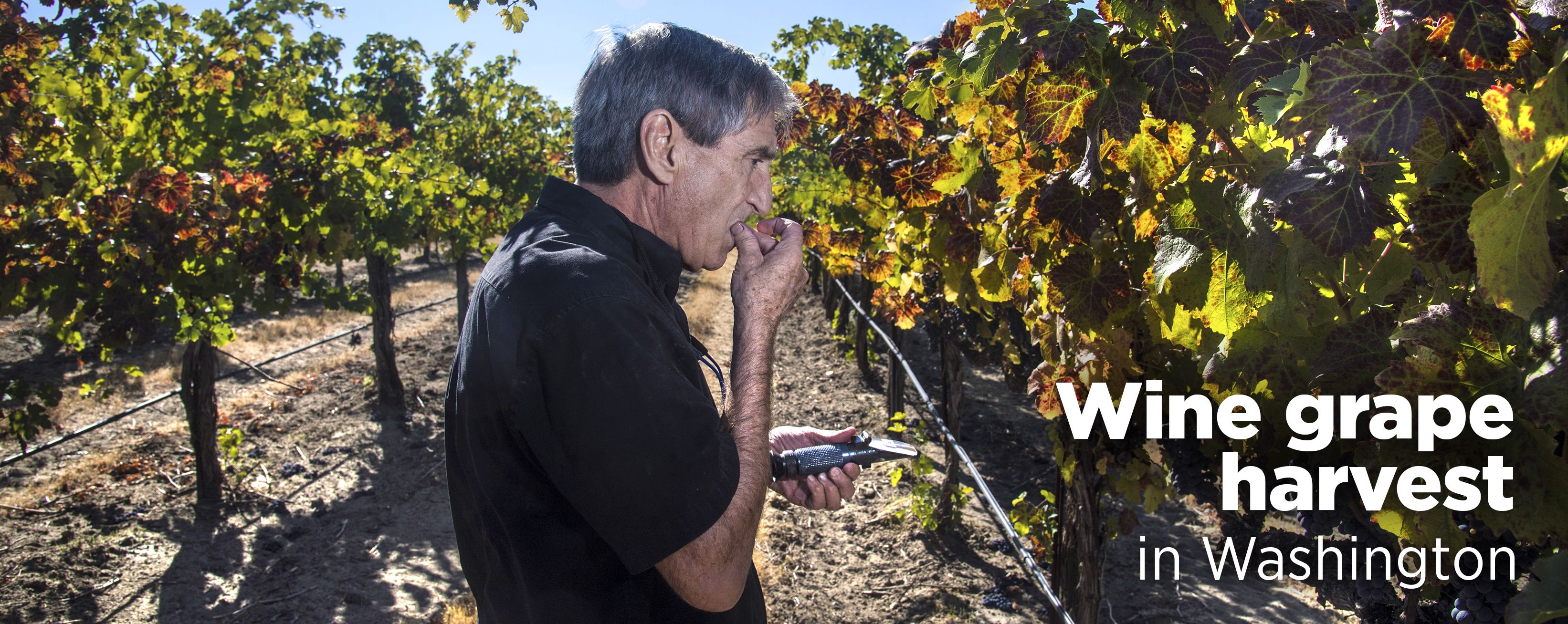
Already the second-largest producer in the nation, Washington State’s trade in wine and wine grapes is booming: the industry has grown eight percent a year, according to recent data. Thanks to a nearly-ideal nexus of temperature, precipitation and soil quality, that growth faces few impediments. In the mean time, the state has gained a reputation for its vintages: High quality, wide variety, and all at an affordable price.
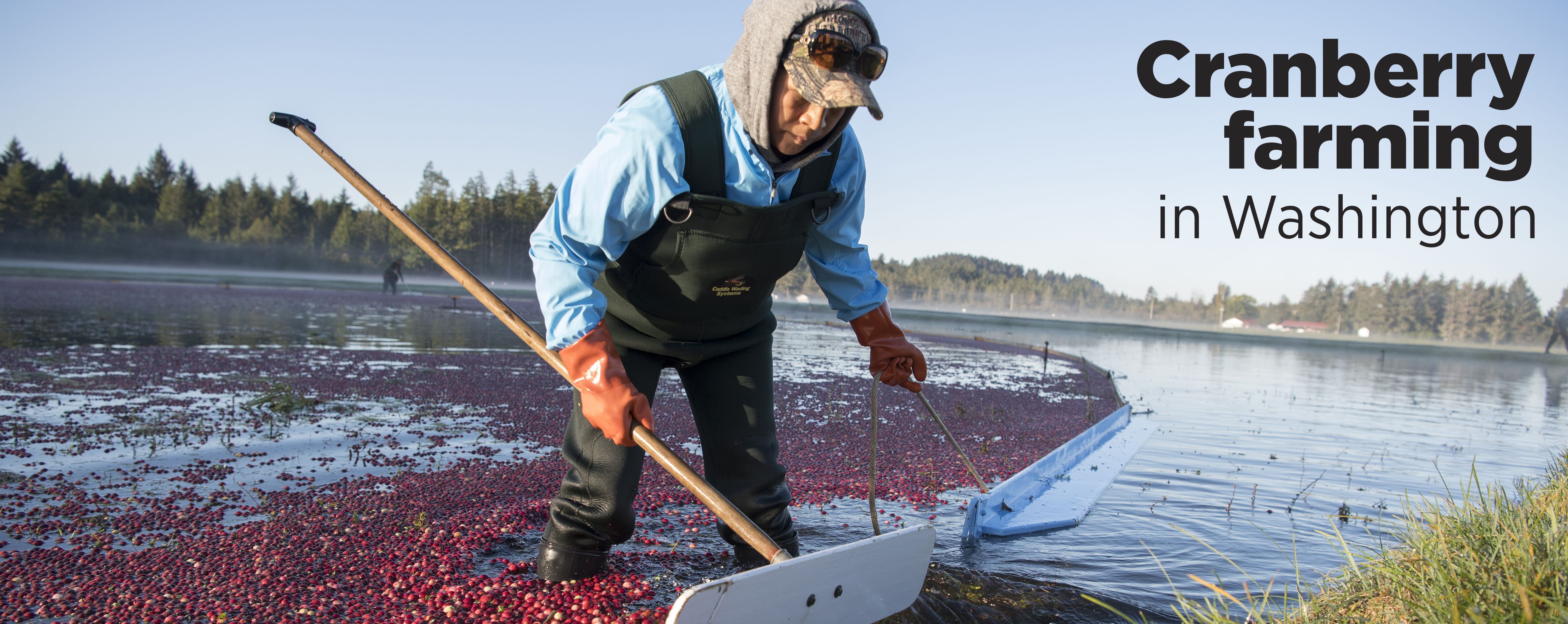
For some 200 years after that first Thanksgiving, however, cranberries were picked in the marshes or swamps where they grew wild. It wasn’t until 1816 that farmers in Massachusetts began cultivating them after discovering that adding sand to the soil improved the yield. But the harvest involved arduous stoop labor of picking by hand in soggy conditions.
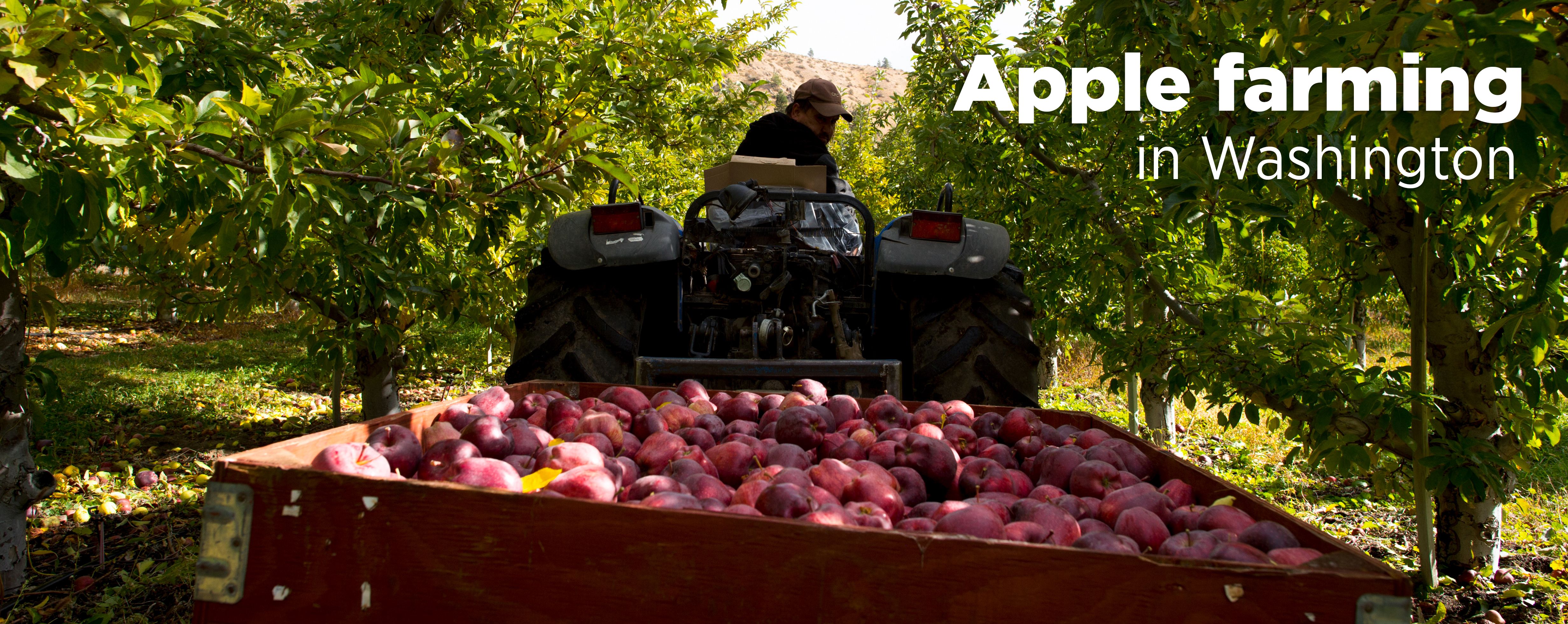
A six-day strike by foreign fieldworkers in Quincy, Washington, was one of several across the state during a turbulent year for labor relations in one of the country’s largest agricultural states. Those strikes highlight just one of many challenges agricultural workers face in the United States.
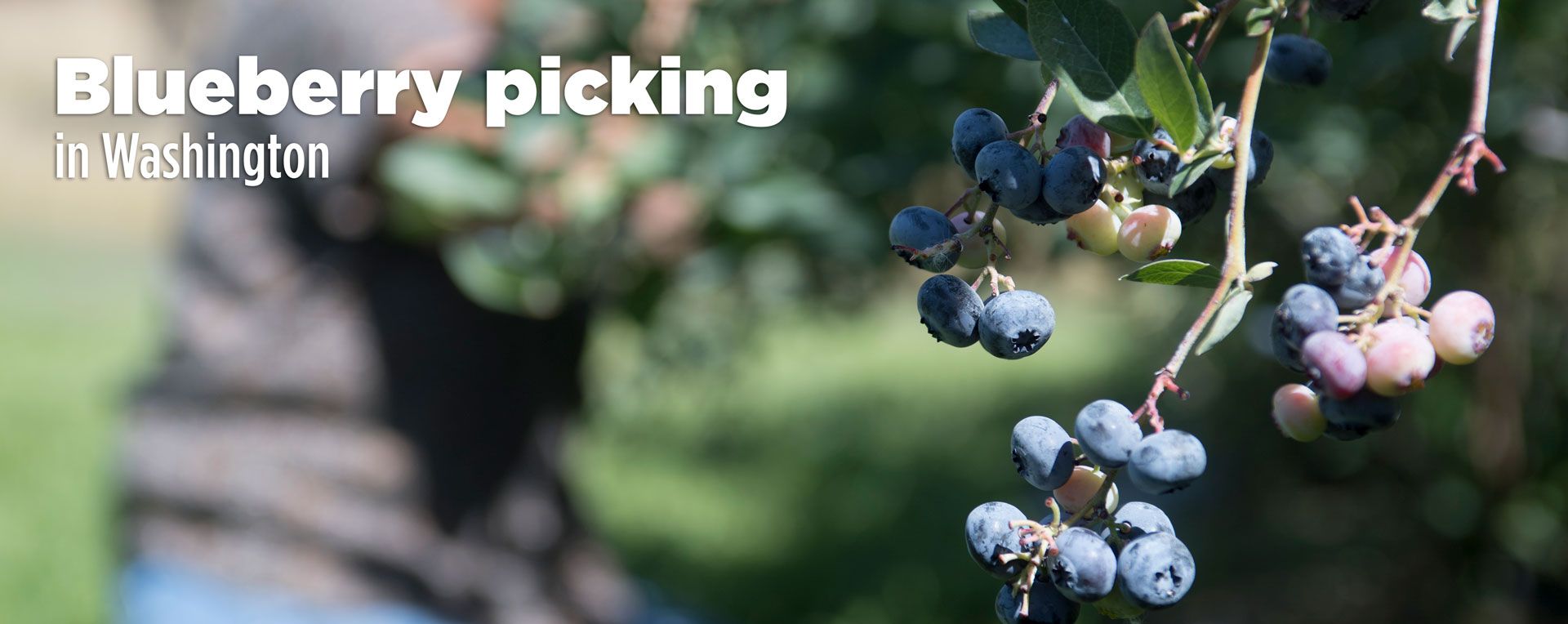
Blueberry production has ramped up across Washington during the past 10 years, propelling the state to the forefront of the U.S. industry – so far in front, in fact, that the Evergreen State now produces more organic blueberries than the rest of the country combined. Through that growth, the entire industry has been catapulted through a period of dynamic change as new processes and technologies come online.

After thousands of years’ cultivation as a staple foodsource, the development of corn – and, for Americans in particular, sweetcorn – has gone into overdrive with the modernization and industrialization of farming. In Washington State, one of the top three producers of sweetcorn in the country, those trends will continue to shape local agriculture, and the livelihoods of those who practice it.

Wheat ranks among Washington’s most valuable farm products, but the technologies that produce it – and the economics that bring it to market – are evolving. Farms that have raised grain for generations now look to a future of consolidation and change. And not only the farms themselves – Washington’s academic institutions, which have long played a leading role in the development of new wheat strains, also face fresh competition from an expanding agribusiness sector.

From 19th century Corsica down through generations of horticultural tinkerers, the Walla Walla sweet onion – official vegetable of the state of Washington – has cultivated deep roots in the valley and a reputation far beyond. Yet in more recent decades, advances in transportation and a growing, year-round demand has seen competition rise from every corner of the nation. In this new reality, Washington’s farmers face a stark choice: Get big – or get out.

Wheat ranks among Washington’s most valuable farm products, but the technologies that produce it – and the economics that bring it to market – are evolving. Farms that have raised grain for generations now look to a future of consolidation and change. And not only the farms themselves – Washington’s academic institutions, which have long played a leading role in the development of new wheat strains, also face fresh competition from an expanding agribusiness sector.

Across the state of Washington, mid-sized farms are being squeezed out from economic and social pressure. The apple growing industry remains dominated by family-owned enterprises, from the orchards to the packing plants, but those family operations are becoming large businesses. Although technology and manufacturing jobs may dominate the west side of the state, the apple industry continues to play a vital role in the state’s economy.

Washington is one of the nation’s largest asparagus growers. Fresh-cut spears from Adams, Benton, Franklin, Grant, Walla Walla and Yakima counties end up in grocery stores throughout the U.S. and Canada. Frozen spears from the same fields are also delivered to doorsteps across the country through companies such as Schwan’s. And asparagus that’s been cut and pickled outside Pasco can be purchased in 16- and 32-ounce jars at Costco. In this report, we explore the rise in production and reasons for optimism about the future of asparagus farming in Washington state.

The dazzling fields of the Skagit Valley provide the focus for the second installment in our series on Washington agriculture. Tulips are a mainstay in flower gardens around the world. In the United States, nowhere are tulips grown in greater number than in the rich farmland bounded by cities north and south, ocean to the west and the jagged Cascade mountains to the east. In this report, we explore the economic history and importance of the tulip and some of the interesting people who grow them for a living.

The first part in our series on Washington agriculture focuses on the potato farmer, the underappreciated backbone of the American diet. In this in-depth look at the Washington potato, we'll discuss the importance of the potato to the economy, the future of the mighty spud, and catch a glimpse of the lives of two different potato farms.






















































































